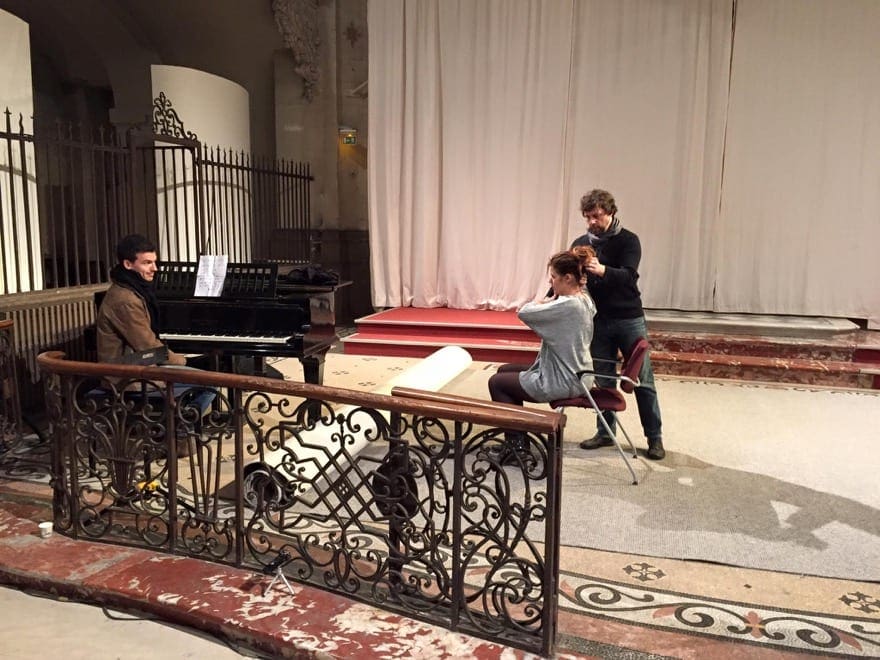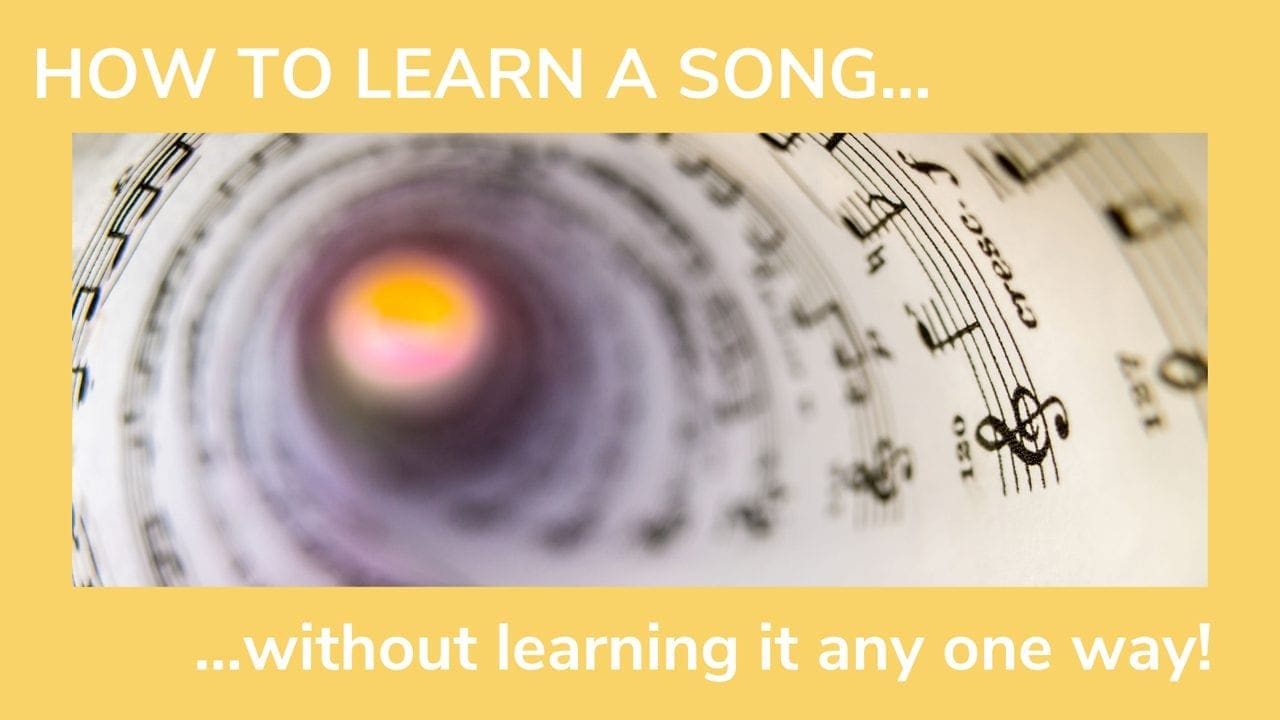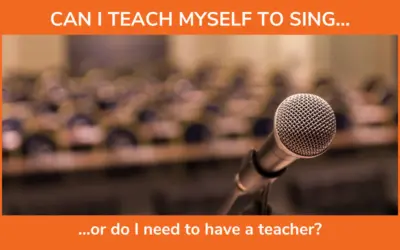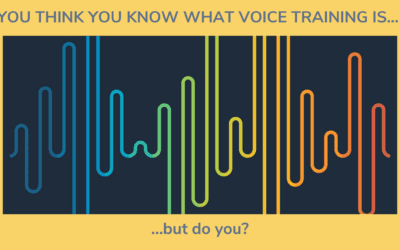When I work with singers and voice teachers, the most disheartening and astounding thing that I run into again and again is the mindset that there is a right way to do things and if one toils and toils at trying to do that “one right thing” eventually it will happen and it will be great. Well, I think that this is the farthest thing from the truth about learning – especially vocal learning.
And, when you learn how to harness the power of variation in learning, practice and performance your entire experience (and thus your understanding) will change! Not only will your vocal learning be more complete and deep it will be FASTER! Oh… and it will be FUN!
In my own story, as a singer in college, I hated practicing (HATED IT!) Practicing was tedious and boring and after about 20-30 minutes of trying to do it as I was told by teachers I was losing my voice and feeling exhausted. Eventually I gave up, started lying in my “practice journal,” and only rehearsed songs in my imagination and/or in tiny fits and spurts while going about my day. Sometimes, the performance of a song was the only time I would sing certain sections out loud. It was not great.
It wasn’t until I encountered the Feldenkrais® Method and the work of Dr. Ellen Langer (particularly her book, “The Power of Mindful Learning”) that I realized that there was a totally different way to go about learning a song, practicing my “technique” and getting repertoire “in my bones.”

The most important and powerful new tool was variation!
In grad school and after, I ventured into the practice room again and instead of just running line after line mindlessly with the words, text and rhythm all at once, I broke each of these apart and started to improvise based on what was on the page, but I no longer felt confined to it.
After all, music is NOT what’s on the page, it’s what we do with what’s on the page! I’d learn the melody while singing it on different sounds, at different speeds, and even altering the melody (Dr. Langer calls this “Sideways Learning”). With the text, I’d break up the sounds, speak it in various ways and in different voice qualities.
Many times I would just read it aloud, like a monologue or speech, hundreds of times – seeing and feeling more details and possibilities with each rendition. I’d never read it the same way twice. Eventually I’d have the text memorized without even trying. (I’m dyslexic, so for me that was a miracle!) I’d also clap, dance, blink, and play with the rhythm until it was like an old friend I felt so comfortable with.
This approach allowed me to chunk down the pieces of the pieces of the pieces of the piece and learn it as if from within a fractal. The best part was… I could do this for HOURS and never feel bored, tired or get hoarse! By the end I was invigorated and awake… awake to myself and the piece of music. This approach saved my musical life and my vocal health! And, I could finally stop lying about how much I was actually practicing!
If you are interested in experiencing this kind of “learning to learn” for yourself, I created a 4-class series called “VOCAL VERSATILITY EXPANDED!: Deepening your Song-Learning and Practicing to access Authenticity and Spontaneity in Performance” which is part of THE SINGING SELF PROGRAM!
It’s a love letter to my younger self and to YOU! Once you realize just how much FUN learning and practicing and performing can be you’ll never want to do it any other way. During that class, one participant (a voice teacher in a college voice program) said: “I’ve never had fun learning a song and practicing before. It was always laborious and I avoided it as much as possible. Now, I’m having fun, learning songs faster and in the end my performance is so much more dynamic!’ People, let’s all stop “practicing” in the same old way and start learning!





0 Comments